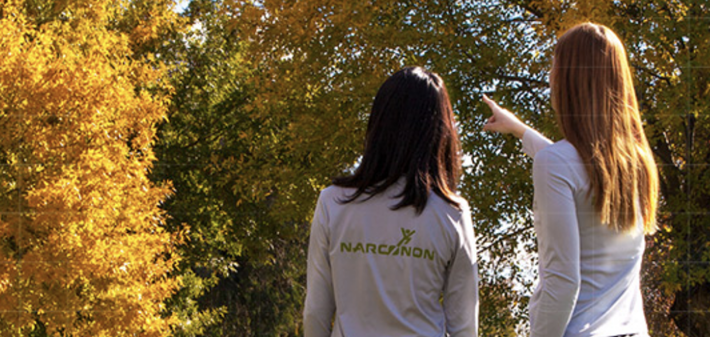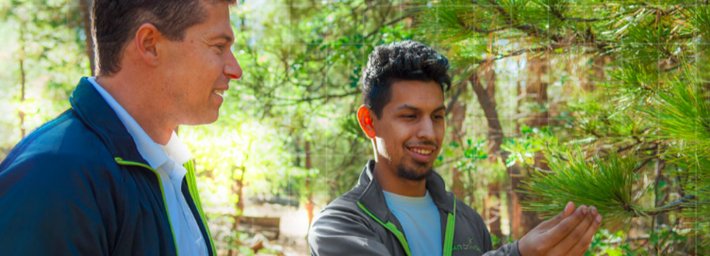What to Do When Your Loved One Refuses Life-Saving Rehab
Part II of a two-part series. Click here for Part I.
It’s absolutely heartbreaking. You see the deterioration. The dishonesty. The sickness and very often, criminality. You find an addiction treatment program you feel will work and you offer it to your loved one. He (or she) laughs in your face or attacks you for even offering. What can you do now? How can you convince him that rehab will save his life? And what needs to happen in that rehab to bring back the person you know is still there, somewhere, hidden behind the drugs?
Know this:
No matter what your loved one says, he or she does NOT want to be an addict.
This is true no matter how much he fights you on the idea of rehab, no matter how hard he works to stay addicted. If you knew this person before addiction stole his brightness, you know what he’s really like and what he wants from his life. It’s not addiction.
His ability to accept help is buried under a mountain of guilt and pain. Of course, he’s going to say no. Don’t be surprised.
Yes, there are a few exceptions, people who beg for help getting to rehab and then apply themselves once they get there. But these are the minority.
Interventions

You may have to hold an intervention to persuade this person to say yes. Interventions really can work if they are properly prepared for. If a family gives an intervention their best shot and it fails, a professional interventionist can be used to turn the situation around.
We’ve written a number of articles on this subject that can help you.
- Who needs an intervention?
- How to help a family member with an intervention
- How to help an alcoholic
Choosing the Right Rehab
Getting the person to agree to go to rehab is only a small part of the solution. You must also choose the right rehab program. Be sure the program you choose has steps that help a person address the issues in his life that inclined him to start using drugs or drinking.
To help you choose the right rehab, here are some articles from our website.
- Questions you should ask yourself before choosing a rehab
- Is the use of drugs in addiction recovery really a good idea?
- FAQ on addiction recovery
How Narconon Helps Each Person Launch a New, Sober Life
There are four distinct parts to the Narconon drug rehab program. Each step prepares a person to succeed on the next step, gradually building their ability to enjoy a productive, drug-free life after graduation.
Step number one: Drug-free Withdrawal

As a first step, the individual will be examined by the center’s Medical Director to determine exactly what the person’s withdrawal program will be so they can safely and swiftly come off all drugs or alcohol, as comfortably as possible. In some cases, such as prolonged and heavy use of alcohol, methadone on benzodiazepines, a medical detox step is necessary prior to beginning on the Narconon program.
A person starting rehab might fear a drug-free withdrawal, thinking that he will be left in misery. Not so. A withdrawal at Narconon is thoroughly supported from the first moment a person arrives. Generous nutritional supplementation immediately begins to build up a person’s reserves again and helps calm physical reactions to withdrawal. Vitamin supplementation like B complex and vitamin C helps support detoxification and minerals help calm aches and spasms. One-on-one work with the staff will include gentle exercises to ease the body and mind and reorient the individual to his new, safe location. Gently, pain and trauma begin to be left in the past. When the person is eating and sleeping well and no longer experiences symptoms of withdrawal, he (or she) will progress to the next step.
Step number two: New Life Detoxification
Since each person is already through withdrawal, what does this detoxification step address? Stored drug and alcohol residues locked deep in fatty tissues. A combination of time in a sauna, nutritional supplements and moderate exercise activate the body’s ability to discharge these residues. Day by day, a person’s outlook brightens and his thinking clears. Day by day, he reclaims his own personality. Many people talk about the way their cravings stop plaguing them during this step. Some people even say their physical cravings are gone. These improvements enable him to begin learning the skills he’ll need to stay sober after graduation.
Step number three: Objectives

Now, it’s necessary for a person to let go of the past and gain the ability to control his present and future. This is achieved on the objectives. Part study and part real-life exercises, this is where the trauma of the past stops exerting its compelling influence, where a person learns how to control his actions, decisions and even his thoughts. Finally, a person can leave that addicted lifestyle behind.
Step number four: Life Skills Training
With a cleaner, fresher viewpoint and increased abilities, each person is readied to gain the day-to-day skills he’ll need to protect his sobriety. He needs to learn how he got into this mess in the first place. That means learning that some people are bad associates—because they really don’t care about your well-being. It’s vital to learn how to identify them and eliminate them from your life. A person must also learn how to recover their own personal integrity by discovering how integrity is lost. By applying these principles to one’s own life, one’s self-respect can come flooding back as guilt is finally relieved. And finally, problem-solving skills enable each person to take on the challenge of repairing relationships and overcoming future barriers to happiness.
The future for your loved one can be drug-free, healthy and productive. Learn more by calling Narconon at (800) 737-5250 today.
Click on the following link to read Part I of this series—You Offered Your Loved One Rehab But They Refused… Why?


 ®
®